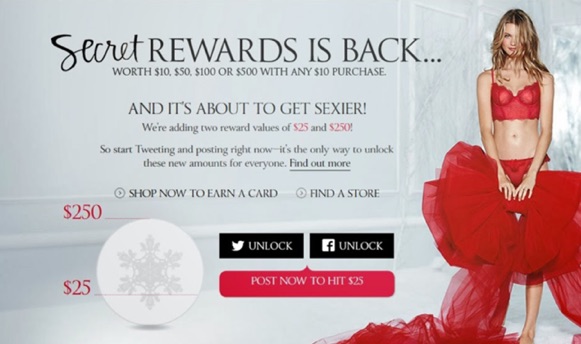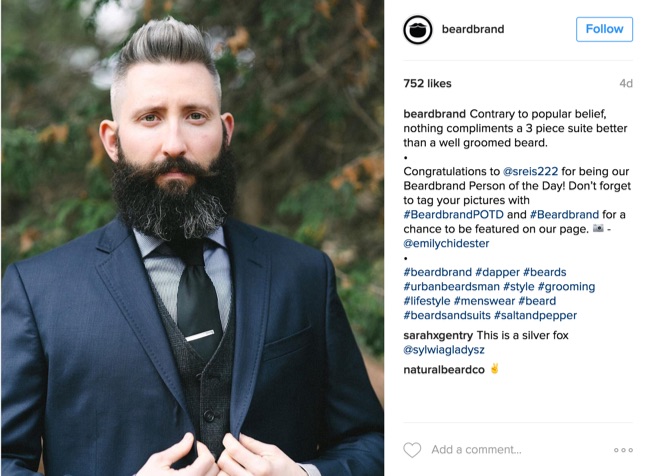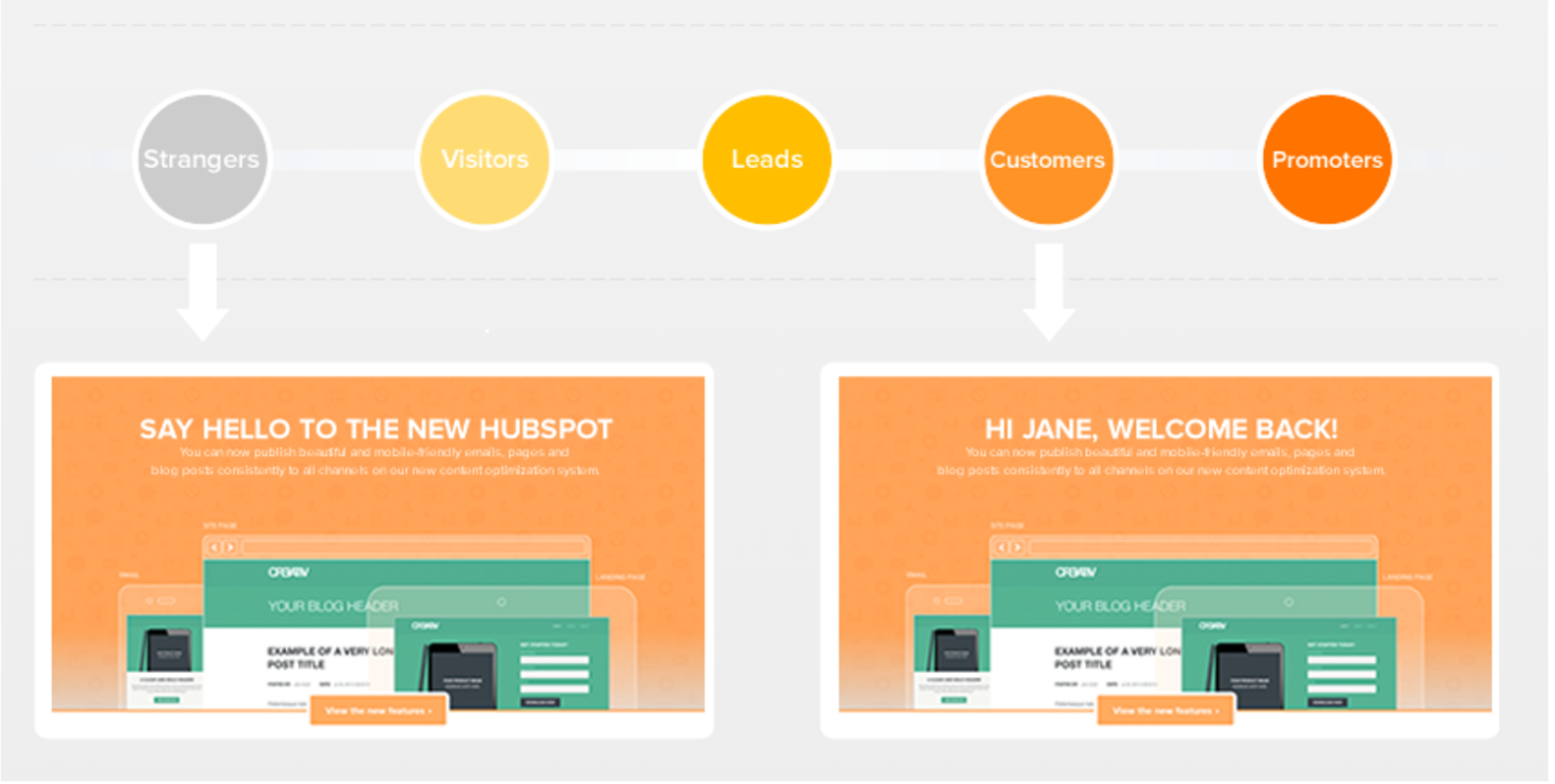Maintaining a customer base isn’t easy.
With a slew of industry competitors, consumers can quickly buy products from other brands. It’s vital that your team continue to add value and offer quality service to your customers.
“Customer retention is a byproduct of customer service and experience. Create a good experience, that’s consistent and predictable, and you have a shot at customer retention,” states Shep Hyken, New York Times bestselling author and customer service expert.
Strive to engage with your target audience through personalization. And drive home the importance of loyalty to keep people’s attention.
Your sales funnel isn’t complete without customer retention strategies. Let’s explore your options.
Create an Addictive Brand
A report revealed that “64% of consumers that said they had a strong relationship with a brand cited shared values as the primary reason.” Customers desire an authentic connection with their favorite brands.
Brand addiction begins with consumer listening. Dive deep into behavioral data to discover the interests, attitudes, and opinions of your buyers.
Obtaining this information may include interviewing existing customers or investigating your website analytics. You’re looking for patterns that uncover your buyers’ true purchasing intentions.
Use the common motivation amongst your buyers as a rallying cry to represent your brand’s mission and values. It should be a compelling ideal or a fascinating principle.
Then, develop a marketing strategy that encompasses that ideal. Create content that reinforces the beliefs, and seek to give consumers the opportunity to participate everyday.
As your team slowly builds a movement of followers, cement the brand’s actions as a standard to live by. Lifestyle brands keep loyal customers wanting not only their products, but also the access to stay involved with the company.
Beardbrand is effectively implementing this strategy. The men’s grooming company developed the term “urban beardsman” to unite people who didn’t feel like they fit the traditional beardsman label. On top of that, the brand built a premium customer experience with quality products, no hassle customer service, and no sales pressure.
For retention to stick, give consumers a reason to stay. Brand addiction is a starting point.
Communicate With Customers
Communication is necessary to retain the attention of your customers. Analyze how your brand’s voice, tone, and style affects the buyer.
Customer churn isn’t always contributed to lack of product fit. Sometimes, consumers just can’t make a connection with your brand.
That disconnect may involve inconsistencies in your brand message or the nonexistence of a unique selling point. So, buyers feel lost and can’t relate to your brand.
Humanizing your business is one way to break the mold. Even though people aim for perfection, we can’t identify with it. But what we can understand is the struggle to attain goals. And that’s what Inc. contributor Alex Honeysett recommends:
“Brands tend to keep their creepy bits hidden because it can feel like those weaknesses will make them seem less legit, but sharing the hard times and how you overcame them is actually what will help your clients get to know you, connect with you, and ultimately, cheer you on.”
Research shows that “60% of customers change their contact channel depending on where they are and what they’re doing.” Are you using the customer’s preferred method of communication?
Loyal customers are busy individuals juggling life’s demands. Ask them what’s the best way for your team to send messages. From email to SMS to Twitter, give your buyers several options to learn about your products and promotions.
Identify with the customer on a personal level, and determine if you’re using the right mode of communication.
Personalize When Possible
Personalization is a cornerstone of marketing initiatives. Without it, your business falls victim to treating every customer the same.
Studies confirm that “74% of customers feel frustrated when website content is not personalized.” Consumers consider their experiences to be different from their peers. Therefore, it’s key to combine data and technology to offer customized content.
Hubspot offers the capability to personalize the website experience for customers. After a first-time visitor completes a form, her next visit to the site generates a personalized message. In the example below, Jane is now a customer in the company’s system.
Segmentation is a tool to personalize interactions with your customers. Grouping your target audience based on purchasing history, location, and site activity is beneficial to satisfying consumer’s needs.
For instance, if you knew Bob always buys your product around mid-month, your team is equipped to send him a reminder email. It takes no extra effort on your part, but it offers a convenience to the buyer and closes another sale.
The best personalization strategy involves consistency. Every communication should reflect your company’s eagerness to know your customers. So, find ways to infuse customization in your emails, live chat sessions, and video tutorials.
Make consumers feel at home when they shop with you. Study their behaviors to spot customization opportunities.
Educate About Product Value
Value is a very subjective concept. What’s valuable to one person may be useless to someone else.
Loyalty is built by educating customers about the value of your products. They must recognize what makes your brand special and why buying your products makes them special.
Create webinars, ebooks, or even social media campaigns to inform your target audience. Give them reasons why sticking with your brand is the best choice for them.
“A customer might be hesitant to initially have you provide additional education, but this is key to establishing value. The cost of the educational session to you is minimal…the value the customer receives can be huge,” says Mark Hunter, a sales expert and author.
Social proof can help your team showcase your product’s value. Highlight how your services are solving problems and producing results for consumers.
Go beyond the traditional testimonials. Try producing a video series with real customers talking about their experiences.
Education is powerful for persuading consumers. Earn people’s trust by simply sharing your stories.
Gamify to Drive Loyalty
Quality gamification centers around improving engagement. It acts a bridge to facilitate better brand interactions with customers.
Before designing any game-like platform, gather intel about customer motivations. What encourages them to take action? Are they influenced by internal or external forces?
Learn what keeps consumers interested and how they react to different incentivized situations. This knowledge will help your team build rewards that matter to the buyer.
But don’t dwell too much on the details. At the end of the day, gamification is meant to be a fun experience for your loyal fans.
“The gamification of usually mundane processes can make a customer’s interaction with your offerings more enjoyable. GrubHub, HSN and Coca-Cola have all offered games as an incentive to interact with their company or to make a previous process more exciting,” writes Brian Honigman, CEO of Honigman Media.
Victoria’s Secret Dream Holiday Rewards program invited a select group of customers to collect hearts for making purchases and engaging with the brand. The tiered structure persuaded participants to continue the behavior. The campaign ended with customers earning eReward cards and the brand increasing sales.

Improve Your Sales Funnel
Shift your business focus to retaining more customers. By understanding their needs, you’ll gain more sales.
Develop a lifestyle brand that educates and entertains your audience. Personalize the shopping experience to build authentic relationships. And experiment with gamification to enhance loyalty programs.
Employ a few of these customer retention tactics to boost your revenue.
About the Author: Shayla Price lives at the intersection of digital marketing, technology and social responsibility. Connect with her on Twitter @shaylaprice.


Comments (0)